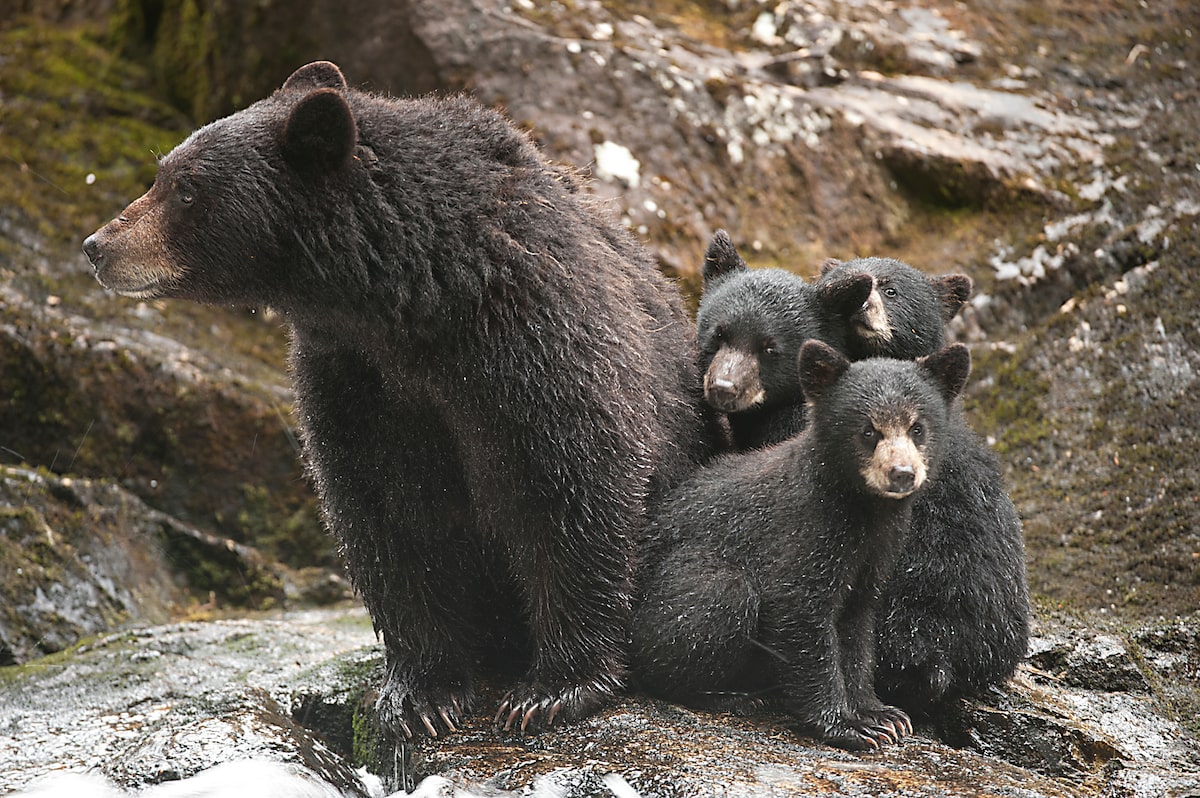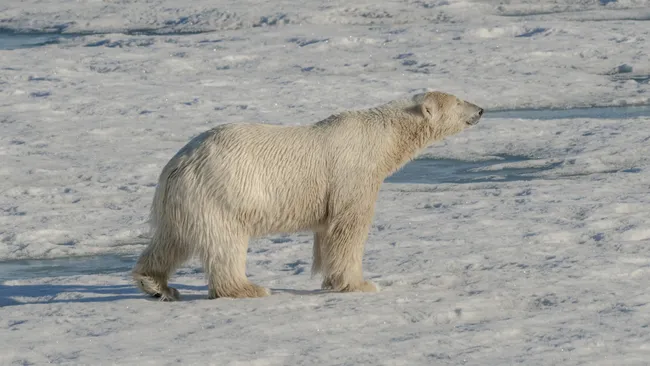Global heating is predicted to lower the period of sea ice extent on Canada’s Hudson Bay, shortening the hunting season for its roughly 1,700 resident polar bears, reported Springer.
According to a new study, if global temperatures increase to more than 2.1 degrees Celsius above pre-industrial levels, the length of most of Hudson Bay’s ice-free period could be longer than the polar bears normally fast, threatening their survival.
May is normally an ice-covered month for Hudson Bay, but, according to NASA’s National Snow and Ice Data Center (NSIDC), this year was the lowest sea ice extent for the month since satellite records began in 1979.
“It’s a very unusual situation,” said Andrew Derocher, a polar bear biologist with the University of Alberta, as Reuters reported. “There are fewer bears in eastern Hudson Bay, but there is much less known about where they come from.”
Hudson Bay and the surrounding area is home to three of the 19 remaining polar bear populations in the world.
Unlike the Arctic, Hudson Bay completely thaws during the summer months, leading polar bears to fast while they await the return of the ice, which they need to hunt their main prey: seals.
“Hudson Bay has warmed over 1°C in the last 30 years. Coincident with this warming, seasonal patterns have shifted, with the spring sea ice melting earlier and the fall freeze-up occurring later, leading to a month longer of ice-free conditions. This extended ice-free period presents a significant challenge for polar bears, as it restricts their hunting opportunities for seals and their ability to accumulate the necessary body weight for successful reproduction,” the authors wrote in the study.
The study, “Ice-free period too long for Southern and Western Hudson Bay polar bear populations if global warming exceeds 1.6 to 2.6 °C,” was published in the journal Communications Earth & Environment.
Since 1987, half the population of polar bears in Western Hudson Bay has disappeared, reported Reuters. The research team looked at warming predictions from 20 climate models and found that this part of the bay would no longer be suitable habitat for the bears at approximately 2.2 degrees Celsius of planetary warming.
The team also found that the southern portion of the bay would become unable to support its polar bear population at a temperature between 1.6 and 2.1 degrees Celsius of warming.
“The disappearance of the Southern Hudson Bay polar bears is imminent, with Western Hudson Bay not far behind,” said Dr. Julienne Stroeve, lead author of the study, a researcher with the University of Manitoba and a senior scientist at NSIDC, as Reuters reported. “If we go over the 2°C of warming, we can’t really hope that those bears will still stay there.”
The study is the first to take sea ice thickness into account, as it must be sufficient to support an adult bear.
The Hudson Bay region has experienced more than one degree of warming in the past three decades, leading to the lengthening of its ice-free period from roughly 120 to 150 days, reported Springer.
Polar bears are believed to have the ability to safely survive a period without ice lasting from 183 to 218 days.
“Limiting global warming to 2°C above pre-industrial levels may prevent the ice-free period from exceeding 183 days in both western and southern Hudson Bay, providing some optimism for adult polar bear survival. However, with longer ice-free periods already substantially impacting recruitment, extirpation for polar bears in this region may already be inevitable,” the authors of the study wrote.
This article by Chris McDermott was first published by EcoWatch on 14 June 2024. Lead Image: Polar bears in the Canadian Arctic. JohnPitcher / iStock / Getty Images Plus.
What you can do
Help to save wildlife by donating as little as $1 – It only takes a minute.







Leave a Reply